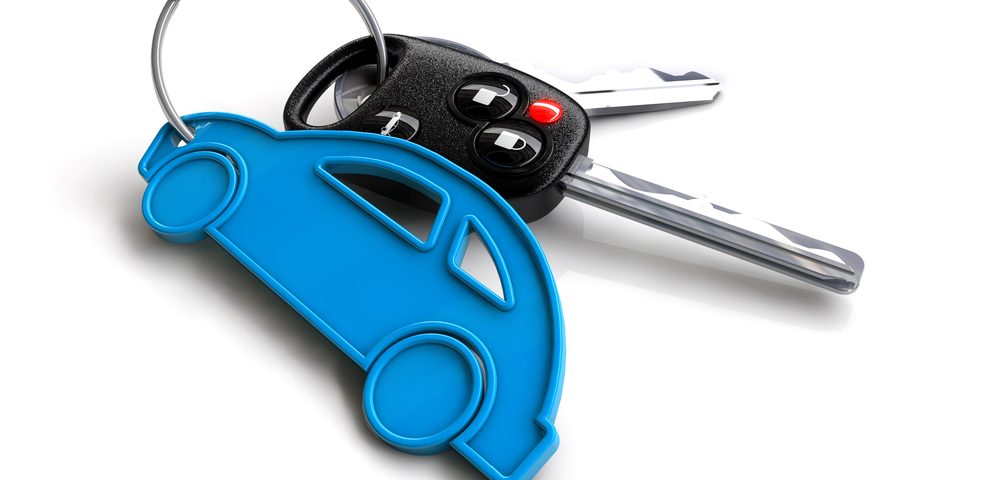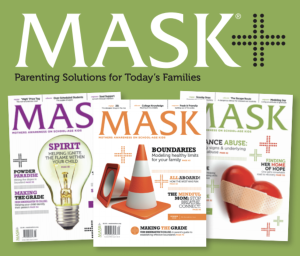
Are You Pushing Your Child To Do Too Much?
August 19, 2021
Heroin Today
August 21, 2021The type of car you choose for your newly licensed teen may be the single most important decision you make for your child.
“The very riskiest time for your child is when they first begin to drive without you in the car,” says Anne McCartt, senior vice president of research at the Insurance Institute for Highway Safety (IIHS). “I think sometimes parents overlook the importance of the vehicle, and it’s one of the things parents have a lot of control over.”
The likelihood of crashing for 16- to 19-year-olds is three times higher than the rate for adult drivers, and it’s the very highest at age 16, according to McCartt. The good news is that crash-related deaths for all ages are decreasing yearly because car manufacturers are building safer cars with more high-tech safety features than ever before.
When deciding whether to hand down your old car to your teen or shop for a new or used one, she advises parents to consider several important factors, including size, horsepower, crash test ratings and safety features.
“We pay a lot of attention to size,” says McCartt. “We recommend that teens be in a mid-size or bigger vehicle. Everything being equal, you’re always better protected in a crash if you’re in a larger vehicle. Small cars just don’t offer the best protection compared with larger vehicles.”
Not surprisingly, parents often gravitate toward the smaller compact vehicles because they are more affordable and offer better gas mileage. McCartt says there is also a misconception that smaller vehicles are more maneuverable.
The second factor to consider is engine horsepower. A sporty car with a high horsepower engine and quick acceleration makes driving fast very enticing for teens. Although an image-conscious teen may be pushing for that sleek, stylish sports car, McCartt suggests the opposite.
“Big and boring vehicles are what we think teenagers should be in,” she says.
Another critical factor is the crash test ratings and safety features of the vehicle. With the power of the Internet, accessing the most up-to-date safety information has never been easier. Before shopping for a vehicle, check out the National Highway Traffic Safety Administration (NHTSA) and IIHS websites. The NHTSA website (safercar.gov) uses 5-star safety ratings to measure how vehicles perform in frontal and side crash tests and to assess the risk of rollover. The site also allows users to compare multiple vehicles and to check if a car has been recalled for a safety defect.
The IIHS website (iihs.org) rates vehicles as good, acceptable, marginal or poor based on the results of five separate crash tests. The vehicles with the best safety scores receive the highly coveted “Top Safety Pick” and “Top Safety Pick Plus” designations. Both websites offer detailed information about the latest safety features and driving tips for all ages.
One of the most innovative safety features to come along in recent years is Electronic Stability Control (ESC). This feature has proven so effective in preventing crashes that the government has made it mandatory on all 2012 vehicles and newer.
This must-have feature helps the driver maintain control of the vehicle, especially when taking corners too fast or driving on slippery roads. It senses when the driver is losing control of the car and automatically applies the brakes to one or more of the wheels to turn the vehicle in the direction intended by the driver.
Some of the newer vehicles, especially the luxury models, offer additional crash avoidance technologies such as Lane Departure Warning (LDW) and Forward Collision Warning (FCW). LDW monitors lane markings and warns the driver if the car begins to drift into another lane. FCW helps avoid collisions by detecting if the vehicle gets too close to another vehicle and alerts the driver to apply the brakes.
While newer cars offer the most cutting-edge safety features, plenty of safe used cars are available, usually at significantly lower prices. If you’re in the market for a used car, make sure the vehicle has basic safety features such as front air bags, side and curtain air bags and ESC.
In the past decade, sport utility vehicles (SUVs) and pickup trucks have had a high rate of rollover accidents due to their high center of gravity. With the addition of Electronic Stability Control and a redesigned lower center of gravity, SUVs have now become one of the safest types of vehicles on the road.
“When you look at how much safer SUVs have become, I think that the electronic stability control is key,” says McCartt. “They’re a lot less likely to roll over than they used to be.”
Pickup trucks remain a less popular choice for teens, especially the older models, because manufacturers tend to add safety features to pickup trucks later than other types of vehicles.
“It’s a lot of vehicle to handle, and especially if the pickup doesn’t have ESC, we wouldn’t recommend it for a teen,” says McCartt.
Teens are at the highest risk of crashing of any age group in the U.S., so choose the safest car you can afford.
“If you’re deciding whether to hand down your new very safe vehicle or an old beat up one, hand down the safer one,” says McCartt. If your teen gets in a serious crash, it will be the best decision of your life.
BY// Angela Ambrose
MASK the Parenting Magazine a quarterly publication providing solutions for Today’s Families.
The parenting manual offering solutions to the modern-day challenges families face. From Pre-K
through College stay up to date on the modern day issues families face.
Are you up to date on the issues your child is facing?
MASK Mothers Awareness on School-age Kids offers parenting solutions for today’s families. MASK tackles important topics – from drugs and alcohol to bullying and Internet safety -and gives students, parents and the community the knowledge and tools to manage these potential challenges.
Subscribe today! https://www.tools4teaching.com/product/mask-the-magazine/
Download and share the MASKmatters app now! Made for children, parents, teachers and in Spanish.
Have solutions at your fingertips
Available free on apple and google play links below
Apple https://apps.apple.com/us/app/maskmatters/id1482305692
Google Play
https://play.google.com/store/apps/details?id=com.maskmatters.maskmattersapp&hl=en_US&gl=US







